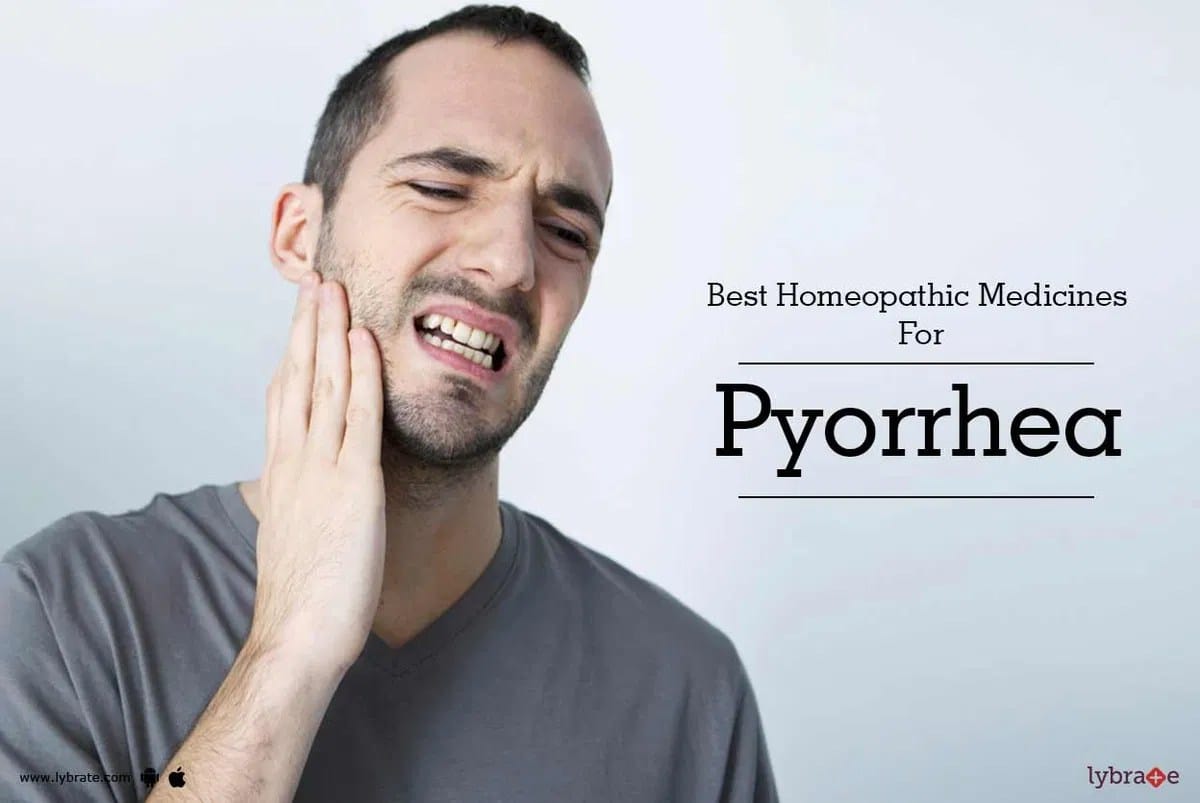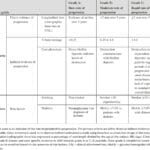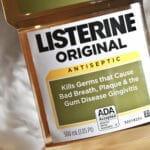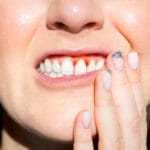Here’s a breakdown of how to dominate the search results for “What is the main cause of pyorrhea?”
Beyond Bacteria: Unmasking the Real Culprits Behind Pyorrhea
4 Powerful Key Lines:
- Plaque is only the beginning: While bacterial plaque is a primary trigger, pyorrhea, also known as periodontitis, results from a complex interplay of factors that weaken your body’s defenses and allow this infection to wreak havoc on gum tissue and bone.
- Genetics can load the gun, but lifestyle pulls the trigger: While a predisposition to gum disease can be inherited, daily habits like poor oral hygiene, smoking, and diet play a crucial role in whether or not pyorrhea develops.
- Pyorrhea is more than just a toothache: This severe gum infection can increase the risk of serious health problems like heart disease, stroke, and diabetes, highlighting the importance of early detection and treatment.
- **The silent threat: ** Pyorrhea often progresses without noticeable symptoms in its early stages. Understanding the subtle warning signs is crucial for preventing irreversible damage to your gums and teeth.
Important Details for Your Article:
I. Understanding Pyorrhea – Beyond the Basics:
- Definition: Pyorrhea, also known as periodontitis, is a serious gum infection that damages the soft tissues and, without treatment, can destroy the bone that supports your teeth.
- Prevalence: Millions of adults suffer from some form of gum disease.
- Severity: Pyorrhea represents an advanced stage of gum disease where the infection has progressed beyond the gums to impact the supporting bone.
II. The Main Culprit – It’s More Than Just Plaque:
- Bacterial Plaque – The Initial Trigger: Plaque is a sticky film that constantly forms on your teeth. It’s made up of bacteria, food debris, and saliva.
- The Inflammatory Cascade: If plaque isn’t removed through regular brushing and flossing, the bacteria irritate the gums, triggering an inflammatory response.
- The Body Attacks Itself: In susceptible individuals, this inflammatory response becomes chronic, leading the body to attack its own tissues, breaking down the gums and bone supporting the teeth.
III. Risk Factors – Unveiling the Contributing Culprits:
- Genetics: Research suggests that genetics may play a role in susceptibility to periodontitis. Some individuals are genetically predisposed to have a more aggressive inflammatory response to plaque bacteria.
- Lifestyle Choices:
- Smoking: A major risk factor, significantly increases the risk of developing gum disease and hinders healing.
- Poor Oral Hygiene: Inconsistent brushing and flossing allow plaque buildup, creating a breeding ground for harmful bacteria.
- Unhealthy Diet: Diets high in sugar and processed foods fuel bacterial growth and inflammation.
- Medical Conditions: Certain health conditions like diabetes, hormonal changes (pregnancy, menopause), and autoimmune disorders can increase vulnerability to gum disease.
- Medications: Some medications, like certain antidepressants, can reduce saliva flow, increasing the risk of plaque buildup and gum problems.
IV. Recognizing the Silent Threat – Symptoms of Pyorrhea:
- Early Stages: Often subtle and may go unnoticed. Early signs include:
- Bleeding gums (especially when brushing or flossing)
- Swollen or puffy gums
- Bad breath that persists
- Progressive Stages:
- Receding gums: Teeth appearing longer as gums pull away, forming pockets that trap bacteria.
- Loose teeth: As bone loss progresses, teeth lose support and become loose.
- Changes in bite: Misalignment due to tooth shifting.
- Pus between teeth and gums: A sign of advanced infection.
V. Breaking the Chain – Prevention Strategies:
- Establish a Solid Oral Hygiene Routine:
- Brush twice a day for two minutes with fluoride toothpaste.
- Floss daily to remove plaque between teeth.
- Use an antimicrobial mouthwash to reduce bacteria.
- Regular Dental Checkups and Cleanings: Professional cleanings remove plaque and tartar that you can’t reach at home. Your dentist can detect early signs of gum disease.
- Lifestyle Modifications:
- Quit Smoking: Dramatically reduces your risk of developing gum disease.
- Eat a Balanced Diet: Limit sugary drinks and processed foods. Focus on whole grains, fruits, vegetables, and lean proteins.
- Manage Stress: Stress can weaken the immune system, making you more susceptible to infection.
Pyorrhea Treatment: How to Reverse Gum Disease and Save Your Teeth
Ditch the Outdated Term “Pyorrhea” – Discover Modern Periodontitis Treatments
- Professional Treatment is Key:
- Professional Scaling & Root Planing: This deep cleaning procedure removes plaque and tartar from teeth and roots, a fundamental step in pyorrhea treatment.
- Antibiotic Treatment: Dentists may prescribe antibiotics to control the bacterial infection associated with pyorrhea.
- Flap Surgery: In advanced cases, this surgical procedure allows access to deeper areas of infection for cleaning and bone reshaping.
Preventing Pyorrhea:
Maintaining good oral hygiene is crucial. The text emphasizes regular dental visits, proper brushing and flossing, and potentially using a water pick. Get an in-depth understanding of the medical term for opia and labi o by clicking on the links provided.
Best Gum Disease Treatments: From Home Care to Surgical Options
Don’t Settle for Band-Aid Solutions: Conquer Gum Disease with Targeted Treatments.
- Understanding Gum Disease:
- Explain Periodontitis: Use both “gum disease” and “periodontitis” for clarity.
- Causes: Plaque buildup, bacteria, poor oral hygiene, smoking, genetics
- Stages: Gingivitis (early stage, reversible), to Periodontitis (advanced, damage to gums and bone)
- Dangers of Ignoring It: Tooth loss, systemic health problems (heart disease, diabetes complications)
- Treatment Spectrum:
- Emphasize Personalized Approach: The “best” treatment varies based on disease severity, individual needs, and dentist recommendations.
- Products & Home Care:
- Clarify Product Roles: Mouthwashes, special toothpastes, etc., can support treatment but don’t cure gum disease.
- Featured Products (From Context):
- Parodontax: Active ingredient stannous fluoride for plaque control. Mention variations (toothpaste, mouthwash)
- Listerine Clinical Solutions: Antiseptic mouthwash, targets bacteria.
- Consider Discussing: Chlorhexidine mouthwash (prescription), oral probiotics.
Remember: This information is for research purposes only. Consult with dental professionals for any medical advice or treatment decisions.
Latest posts by Lola Sofia (see all)
- Mastering Leader in Spanish: The Complete Guide - April 19, 2025
- Uncovering Surprising Parallels: England Size Compared to US States - April 19, 2025
- Old Mexico Map: Border Shifts 1821-1857 - April 19, 2025
















